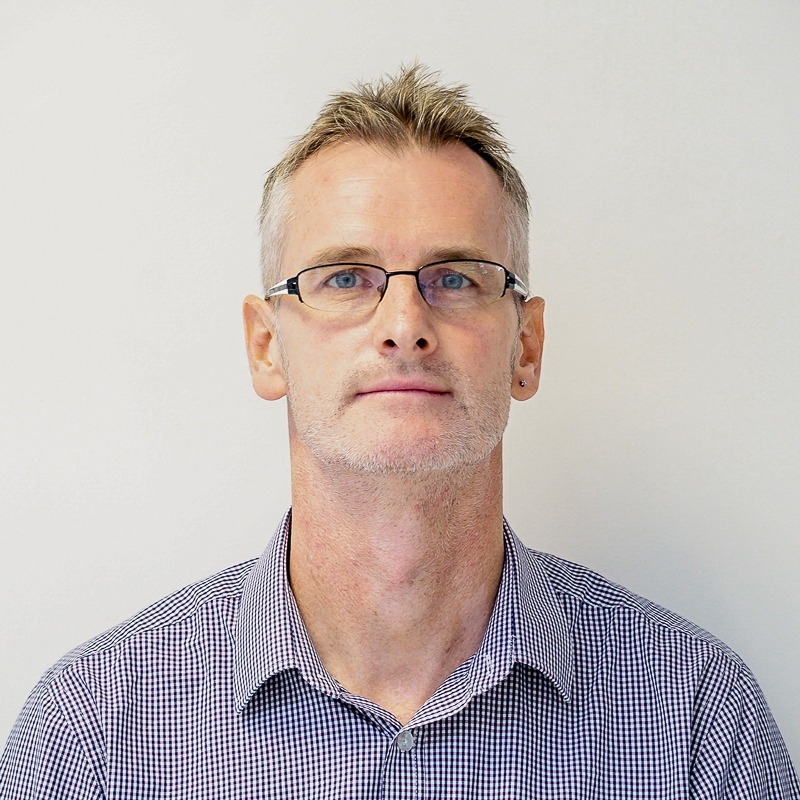SA behind on Industry 4.0 readiness curve
SA behind on Industry 4.0 readiness curve
The advent of Industry 4.0 and rapid demand for industrialisation means quality ICT infrastructure is sought-after in South Africa. The country is behind the global curve regarding readiness for the implementation of Industry 4.0, according to a report by consulting firm AT Kearney and highlighted by organisers of the Infrastructure Africa 2018 Conference on 9 and 10 October in Johannesburg.
According to organisers, in the face of growing international competition in Sub-Saharan Africa, South African-based companies need to take a long-term strategic view of the region and how best to take advantage of the opportunities presented by the industrial and energy evolution that is taking place, combined with increasing urbanisation in many African countries.
Infrastructure development is viewed as a crucial ingredient to foster growth and productivity in the region.
Liz Hart, Managing Director of Infrastructure Africa, said the focus is on leveraging ICT and broadband access in particular.
"The South African information and communication technology sector continues to demonstrate dynamic growth, particularly as driven by the mobile sector. Access to mobile services continues to grow, however, broadband access (particularly access to fixed broadband) remains very low in comparison to other lower-middle-income countries, and the prices of all communication services remain high by both African and global standards."
Hart added that data in South Africa is the most expensive of all leading African economies. "The price of data in South Africa has not changed much in the past two years ... There are definitely lessons to be learnt from other Sub-Saharan African countries when it comes to the pricing of data."
But Infrastructure Africa, which organises a number of African industry focused events, stresses that innovation (especially through technology) is "extremely important for competitiveness, job creation and the life of people."
This is the challenge that lies before those who regulate Sub-Saharan economies – there is significant potential for growth, urbanization and cultivating industry with an ever-increasing demand for access to energy.
According to Infrastructure Africa, Sub-Saharan Africa has an increasing population with growth estimated at 2.3% per annum, representing more than 500 million people.
In South Africa's case – and according to information supplied by Infrastructure Africa – it has a population of 57 million people with "a strong and diversified economy which has quality infrastructure in place to support business growth."
The organisation states that South Africa has consistently been ranked in the top five economies in Africa and is the largest economy in Sub-Saharan Africa.
"Interestingly South Africa and Nigeria combined make up almost half of Africa's GDP," it added.
But there is a lack of infrastructure in the smaller and more rural towns.
"Infrastructure development is a key driver of the South African economy and the country is currently spending on average an amount of R300 billion per annum on the infrastructure build programme. Infrastructure is critical for ensuring the effective functioning of an economy by stimulating economic growth and promoting employment," Hart continued.
"South Africa needs to invest R6 trillion by 2040 in the water and electricity sectors to plug its infrastructure investment gap and address economic and population growth between now and 2040. This was revealed in a G20 Global Infrastructure Hub (GI Hub) report‚ covering infrastructure investment needs globally and individually for 50 countries and seven sectors," she added.
This unfolding scenario and the lack of what Hart describes as "packaged, bankable projects" that also highlight the need for more and better project preparation, will be up for discussion at the Conference in Johannesburg.
"Accessing capital and securing finance to develop projects. Facing the shortage of infrastructure funding, an increasing number of countries, notably emerging markets and developing economies (EMDE), are turning to Public-Private Partnerships (PPPs) in order to tap private capital. Although PPPs cannot fully solve this problem, they can provide significant financing where viable projects are carved out. Africa's current state of infrastructure calls for massive adoption of the PPP model to accelerate infrastructure deliver," stated Infrastructure Africa.
Countries to be showcased at the Conference include, Namibia, Zimbabwe, Zambia, Kenya and Sierra Leone, as well as the PIDA (Programme for Infrastructure Development in Africa) Regional Projects which comprise roads and energy projects.
